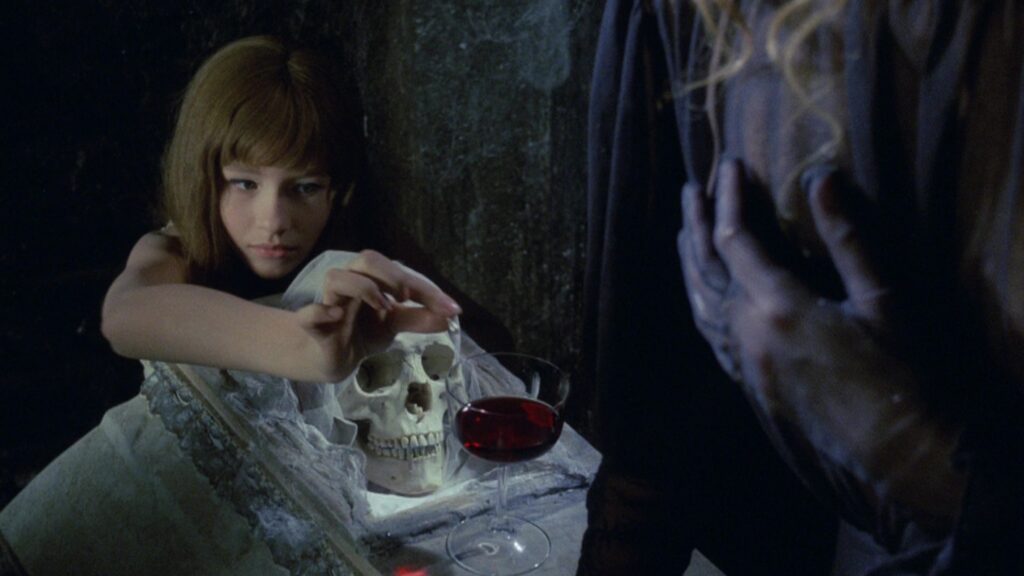
The Czech “new wave” of the sixties is, without a doubt, a cinematic movement unified by intent and not by style. There is hardly anything uniform between the cinematic styles of Schorm and Passer other than an expression of one’s nationality, either in a political or subjectively personal arena. Czech filmmakers of the sixties, much like those in West Germany who comprised the New German Cinema, had the nearly insurmountable task of asserting themselves as a unit that was expressive of a society oppressed in the years following the second world war. Where the West German filmmakers found economic and sociological resistance to their expressions, Czech film artists were faced with censorship, political intervention, and Western ignorance; a far more severe set of obstacles that seems to have only relaxed briefly between 1965 and August 1968. However, the rebellious nature of the Czech “new wave” has managed to produce some of the most iconoclastic and desirable images of individuality in all of film history.
These “desirable images” are particularly popular ion social media. This demographic, though extremely specific, obsessively seeks ways with which to flaunt non-conformity and make associations with identifiers beyond the mainstream. Jaromil Jireš’ Valerie And Her Week Of Wonders (1970) has been appropriated by persons of the same group. Jireš’ film presents motifs familiar to most Western film audiences such as sexual ambiguity and fluidity, vampirism, incest, wicked grandmothers, innocence lost, and a strong pre-teen heroine in the lead. Jireš’ commentary on the relationship of church and state in Czechoslovakia aren’t nearly as essential, or even obvious, to the film’s latest set of fans as are the film’s witty “perversions” of the fairytale genre. In fact the film has become such a staple of the “hipster” culture that it was the biggest draw at CIP’s Eastern European program that I helped curate years ago. Valerie And Her Week Of Wonders has also been cited as a favorite film for both Kevin Barnes and Phil Elverum.
What both films have in common is a unique visual aesthetic, and this is what defines the relationship between the audience and these film’s today. Jasny’s That Cat (1963) is another Czech film that operates under a unique set of visual signifiers and special effects that has not found a new audience amongst today’s audiences primarily because the film lacks the sexuality one who was raised in America associates with the silver sixties. In identifying what is desirable in the images presented by these Czech “new wave” films one need only determine why Audrey Hepburn continues to enthrall legions of young women today. Because it cannot be stressed enough that this new found audience for Valerie And Her Week Of Wonders does not associate themselves with a passion for the Czech “new wave”, but strictly for these two films specifically, and the nostalgia for the sixties that they inadvertently present.
